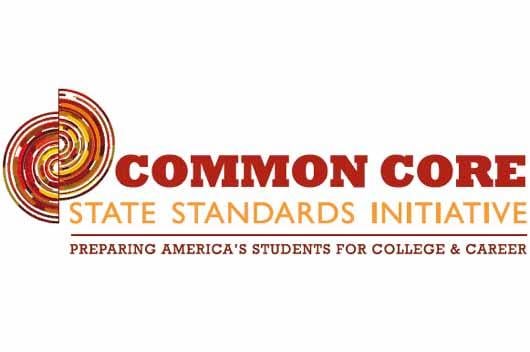Many people wonder if the Common Core Standards are good for their classrooms, children, and their state. There is a debate about that, like there is a debate about any new thing in the world. Many people just don't like changes. (and sometimes for good reason!)

The initiative's website (http://www.corestandards.org/) has gathered some myths about Common Core and they provide some facts to eliminate them. Lets take a look at the math myths:
Myth:
Under the common core math standards, Algebra 1 instruction is pushed to ninth grade, instead of eighth grade, when it is traditionally taught.
Fact:
The Standards do accommodate and prepare students for Algebra 1 in 8th grade, by including the prerequisites for this course in grades K‐7. Students who master the K‐7 material will be able to take Algebra 1 in 8th grade. At the same time, grade 8 standards are also included; these include rigorous algebra and will transition students effectively into a full Algebra 1 course.
Myth:
The Common Core math standards imposed lower expectations with respect to algebra and geometry than the published standards of other countries.
Fact:
The mathematical progressions presented in the common core are coherent and based on evidence.
Part of the problem with having 50 different sets of state standards is that today, different states cover different topics at different grade levels. Coming to consensus guarantees that from the viewpoint of any given state, topics will move up or down in the grade level sequence. This is unavoidable. What is important to keep in mind is that the progression in the Common Core State Standards is mathematically coherent and leads to college and career readiness at an internationally competitive level.
Myth:
Common Core’s "college-ready" and "career-ready" standards undermine local control of education, usurp state autonomy over curricular materials, and foist untested, mediocre, and incoherent pedagogical theories on America’s schoolchildren.
Fact:
The Standards have made careful use of a large and growing body of evidence. The evidence base includes scholarly research; surveys on what skills are required of students entering college and workforce training programs; assessment data identifying college‐and career‐ready performance; and comparisons to standards from high‐performing states and nations.
In Mathematics, the Standards draw on conclusions from TIMSS and other studies of high‐performing countries that the traditional US mathematics curriculum must become substantially more coherent and focused in order to improve student achievement, addressing the problem of a curriculum that is "a mile wide and an inch deep."
So what have we learned?
Like many things in the world, there's no right or wrong, black or white - there's many shades of grey...
You can click below to see how Common Core Math (Quadratic equations) can be taught with a quadcopter. I'm sure no one will argue that this is the lowest common denominator!

